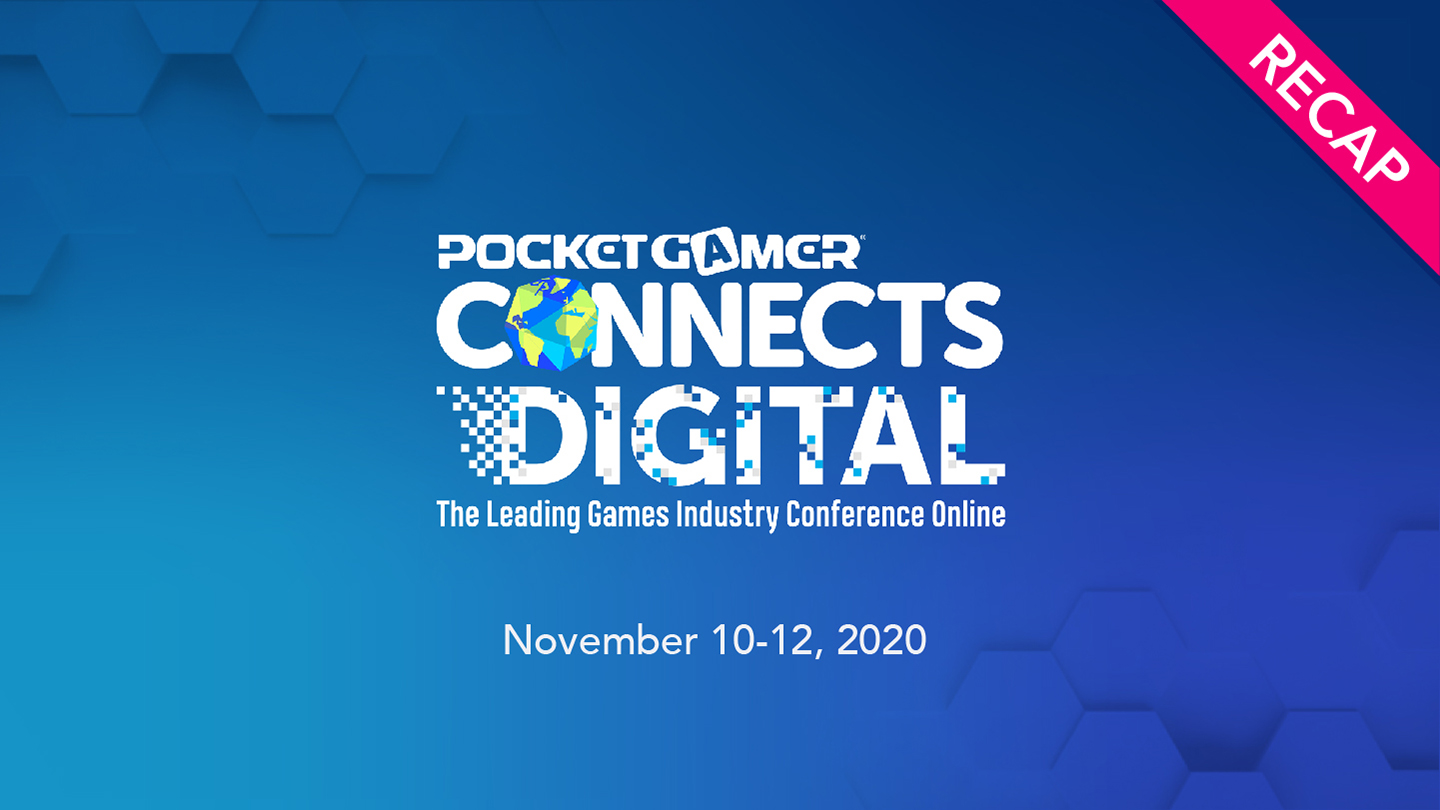Monetization, User Acquisition
PG Connects #4: How Wordscapes Improved LTV by 40 Percent and Hybrid Monetization Trends
Nov 26, 2020

Monetization, User Acquisition

This year’s Pocket Gamer Connects Digital #4 offered opportunities for AppLovin’s experts to talk about scaling games and monetization—undoubtedly two hot topics in mobile gaming.
The first talk featured PeopleFun’s Chief Product and Analytics Officer, Carol Miu, who presented a solo session on their most beloved and popular game, Wordscapes, which has an astounding 125 million downloads!
The second session was a panel discussion that featured knowledgeable monetization experts in the industry, including AppLovin’s Business Development Manager, Tony Deane. The conversation focused on IAP (in-app purchases) and ad-based monetization. They also discussed new ways developers are innovating.
It’s the world’s no. 1 mobile word game, with 5 million daily active users. But the innovation and changes that went into scaling Wordscapes didn’t happen overnight. The game is now three years old, and Carol spoke in depth about the journey behind the game’s 40 percent boost in LTV (lifetime value) through live ops.
One tactic they implemented to increase user engagement was through a 13-week tournament season.
During this time, they tested vanity prizes and discovered the following factors helped improve engagement and kept players coming back for more:
According to Carol, one key finding was increasing the bracket size from 50 to 100 players—which made a big difference in the amount of engagement. Because of that, they decided to stick to bracket sizes of 100.
The other takeaway was the need to create different types of events. Carol explained, “We can’t run tournaments all the time. In Wordscapes, when we tested tournaments on the weekday, we got a high initial KPI, but over time players got fatigued with the same type of event and weekday tournaments cannibalized weekend tournaments.” Because of that, the Sticker Collection Event was created…
The Sticker Collection Event was Inspired by a coffee chat at Starbucks between Carol and PeopleFun’s Design Director, Lee Eisenhuth, to add something different during the weekday for players to engage in.
For every five levels, players collect a prize box with stickers. Carol explained, “These are really cute and unique stickers and when players collect three, they can use it as their avatars and it shows up on the leaderboard. The UI was designed to make the user feel as if they were missing something if they didn’t have every single sticker.”
The results were strong and profound. Carol pointed out, “In launching this event, it improved our IAP and ARPDAU. On the day of the event, it increased by 20 percent and ad ARPDAU by over 20 percent.”
A separate session, hosted by Oscar Clark from Fundamentally Games, looked at the value of in-app purchases and ad-based monetization. The group discussed new ways developers are innovating and what trends to look out for.
Tony Deane described the role of hybrid monetization as a way to grow the segmentation of users and to extend the player lifecycle and grow the overall LTV.
“Today, there are a ton of mobile games and hybrid-monetization allows you to leverage analytics and grow your LTV by making sure you’re integrating ads in the best way possible to maximize revenue.”
When asked this question, Tony replied they are still useful, saying, “Rewarded video placement itself can do a lot of different jobs, depending on where the ads are inserted, such as retention or encouraging in-app purchases.”
He added that frequent display ads can cause a negative user experience, so ad placement positioning and understanding ad performance are important.
In-app bidding (IAB) is incredibly important to help improve ad monetization. Not only does IAB ensure developers maximize the amount of revenue for each ad impression, it allows them to reduce the operational overhead of manual waterfalls.
This is also beneficial because it means ad monetization teams and managers can move into more product-like roles. They can analyze the data in a more granular way, and depending on the user stage, they can focus on:
In discussing the hybrid-casual genre, Tony explained, “This is a relatively new style of mobile games and incorporates the simplicity of hyper-casual gameplay with more sophisticated progression mechanics. For example, a game could have a simple, core-loops, making it possible to learn how to play in seconds while mixing in a deeper metagame, competitive social features, and a strong in-game economy.”
It’s relevant because it opens up new genres for players that previously wouldn’t have experienced them.
The AppLovin team is excited to see the new genres of games that embrace hybrid monetization and the innovation game developers are bringing to it. Our team had a great time participating in PGC Connects #4.
Want to learn more about the latest app trends? Visit AppLovin’s events page to watch our latest videos and webinars.